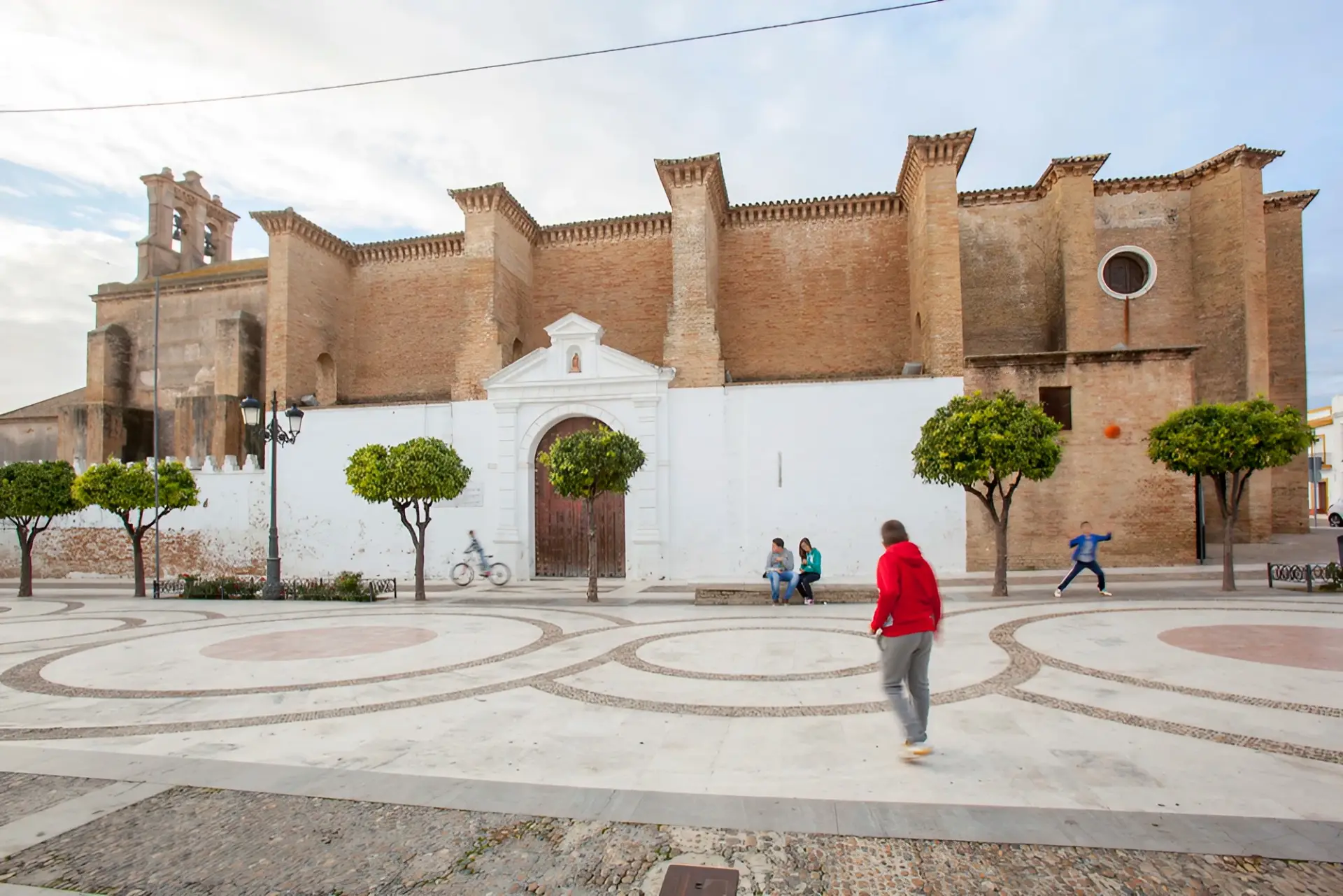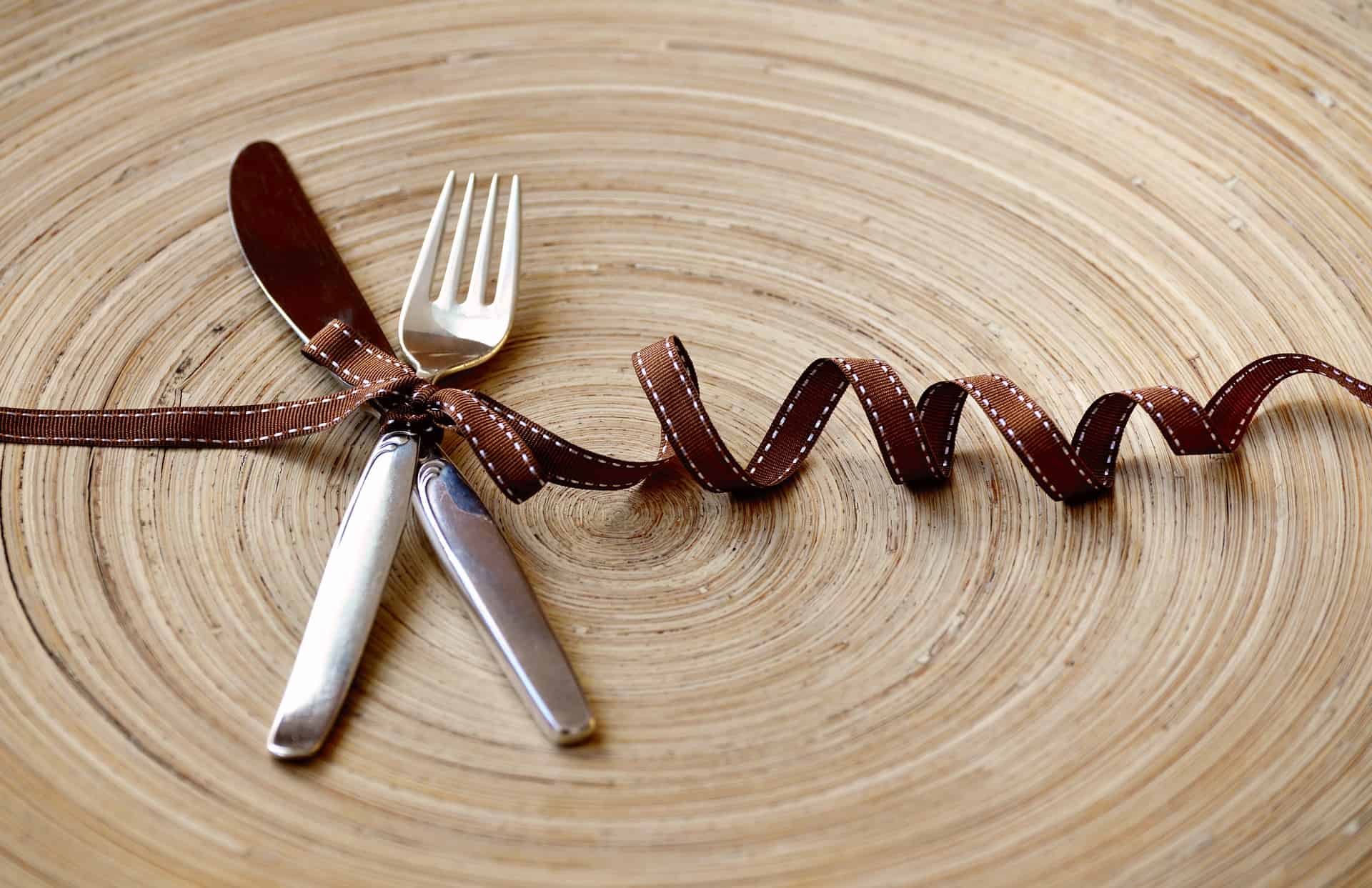
Is one of your New Year’s resolutions to try more mouthwatering Spanish food in 2019? Well, if it´s not, it should be. Forget the diet and focus on filling up your food calendar instead with TOMA & COE´s rundown of the best of seasonal Spanish fayre, and when to eat it.
January : Rabo de toro
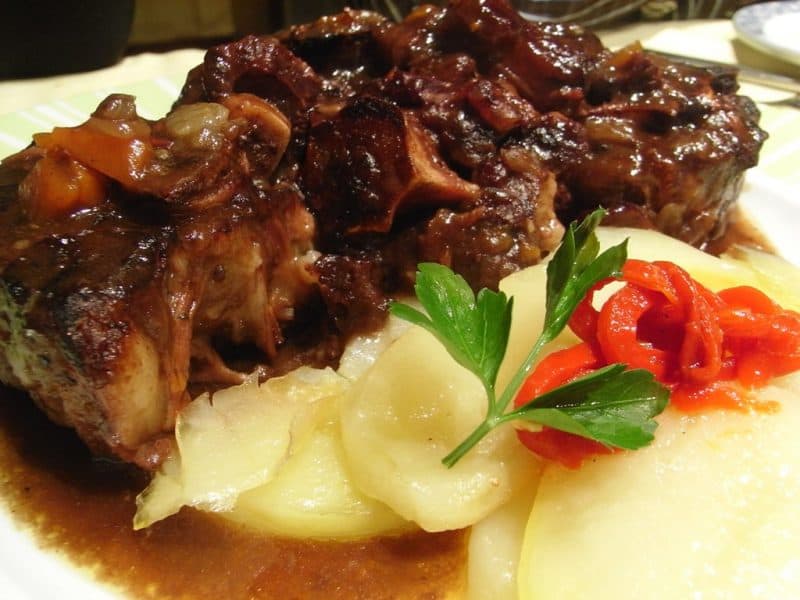
The black fighting bull is the emblem of Andalucia, and also provides the star ingredient for one of its most popular winter dishes. Rabo de toro – otherwise known as bull or oxtail stew – is a velvety, flavour filled casserole of red wine, garlic, peppers, and slow cooked meat, which should be so tender it falls from the bone when pried with a fork. It´s a good recipe to replicate at home, as all the ingredients can be thrown in the same pot and left to their own devices on a low heat; resulting in minimal cooking and maximum flavour. Be sure to accompany this dish with a good red wine such as a Rioja and doorsteps of warm, soft bread or chunky, hand cut chips.
February: Lentejas
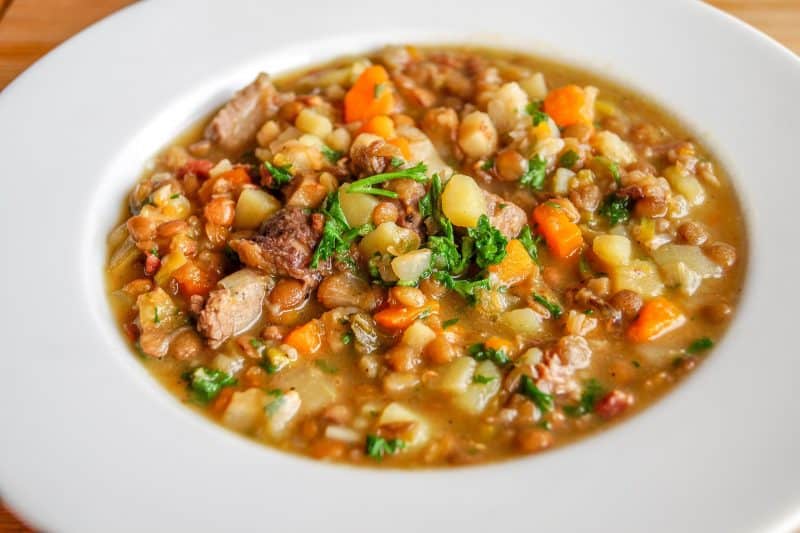
There’s nothing the Spanish love more in the winter months than a good, warming soup. Popular back in the day for their economic use of ingredients and the fact that a little went a long way among big families, soups are still very much a staple food in Spanish homes throughout the colder months. A favourite soup of this kind is lentejas: a tasty concoction of slowly stewed lentils and vegetable stock, flavoured with bay leaves and fresh herbs and bulked up with rough slices of chorizo. Best enjoyed at lunchtime with a glass of red wine, followed by bracing walk to stave off a food coma slump.
March : Torrijas
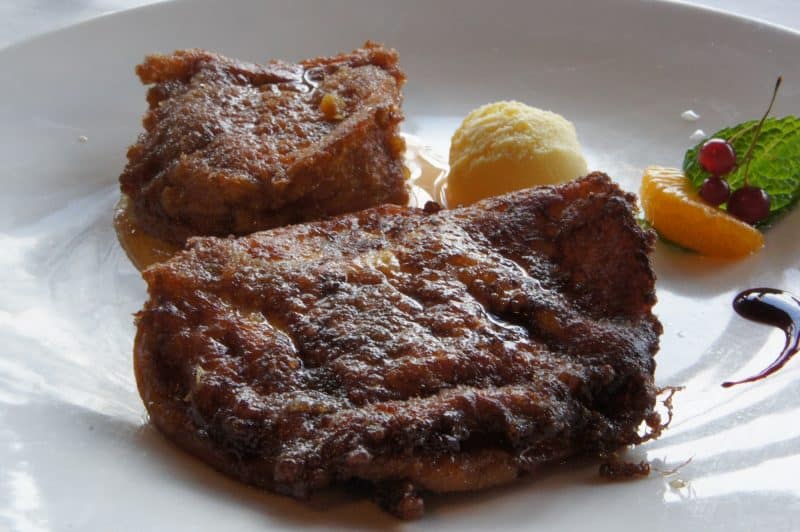
Easter is one of the most important religious festivals of the year in Spain, and the weeks leading up to it are characterised by a variety of traditional dishes. Amongst the most famous of these is torrijas – a dessert made from sweetened bread soaked in milk, flash fried in olive oil and left to rest overnight in a light honey and cinnamon syrup. Traditionally eaten in the run up to Semana Santa – or Holy Week – the recipe can be given an extra, sinful kick by first steeping the bread in wine, instead of milk. Serve with a scoop of vanilla ice cream and a dusting of sugar. A good dessert wine -such as a moscatel – wouldn´t go amiss, either!
April : Esparragus
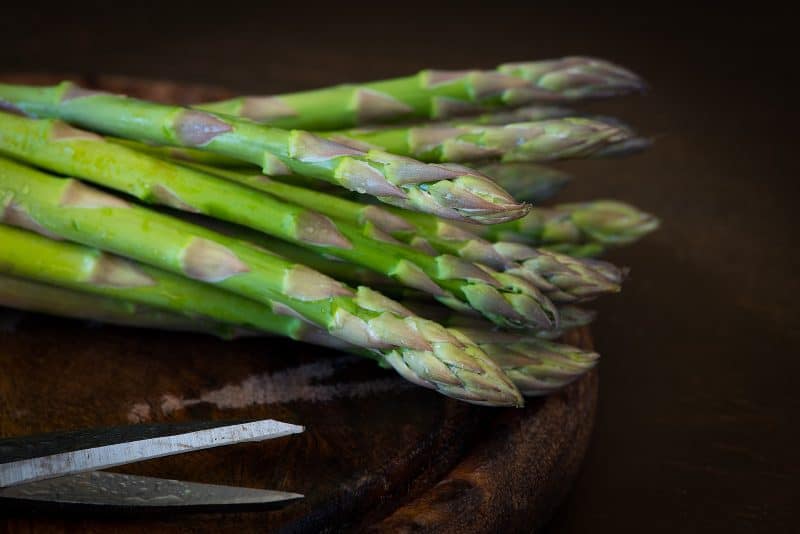
Spring is on its way: the orange blossom is frothy on the trees and perfuming the streets, the temperatures are rising and there is light at the end of the interminable tunnel of winter. As the Spanish start thinking about their seasonal wardrobe changeover, their menus are also in a state of transition: gone are the hearty, rib-sticking dishes of winter to be replaced with lighter cuisine.
Spring is also the season for asparagus in Spain: the warm sunshine and light rains make this optimum growing time for the vegetable in both its green and white varieties. In restaurants it usually comes un-fussily presented:scattered with olive oil and served with a side of fried quail eggs for dipping. Green asparagus can also be accompanied by sliced jamon or fresh, buttery green peas.
White asparagus – a firm spring favourite in Andalucia – can be seen thinly sliced in salads or served alone with a dollop of homemade mayonnaise or a sprinkling of tangy vinaigrette. Asparagus of this calibre is even more delicious when accompanied by a crisp, dry white wine, served cold.
May: Atún
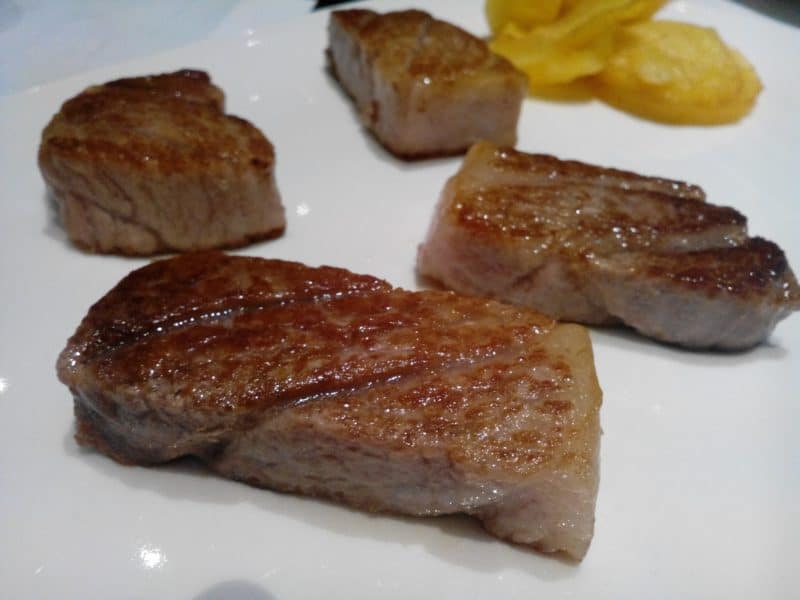
May marks the start of tuna season in Cadiz. The small fishing towns of this beautiful province are famed for their fresh tuna and many festivals are held throughout the month exclusively in its honour. There are hundreds of different ways to eat tuna, and you´ll see recipes varying from town to town, but one of the tried and tested favourites has to be the classic atún encebollado. This is a relatively simple stew of braised tuna, caramelized onions and garlic, but it packs an undeniable punch taste wise and is quick and easy to rustle up at home after a trip to the fish market. Enjoy with a light red wine, or a strong, dry Spanish rosé.
June : Espeto de sardinas
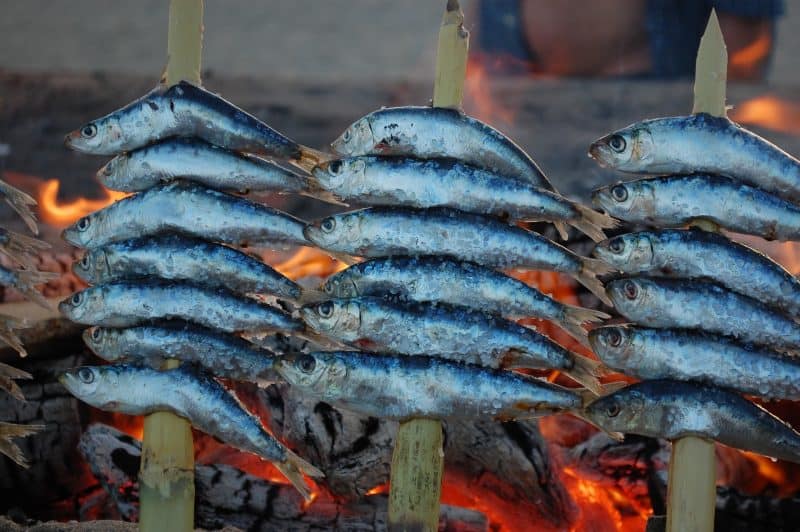
La noche de San Juan is a big deal in the Andalucian city of Malaga, with its residents taking to the beaches in droves on the 23rd of June to light bonfires and celebrate the official start of summertime. This night of festivities would be incomplete without the classic Malagueñan dish of espeto de sardinas: freshly caught sardines roasted on a wooden skewer – the espeto – above a roaring fire of driftwood. The smoky smell of these cooking fish is absolutely mouthwatering, and the taste is just as good. Served simply with salt and a dash of lemon, sardines are best consumed in a beachside chiringuito,with the ocean in front of you and a glass of beer bien fria in hand
July: Berenjenas fritas
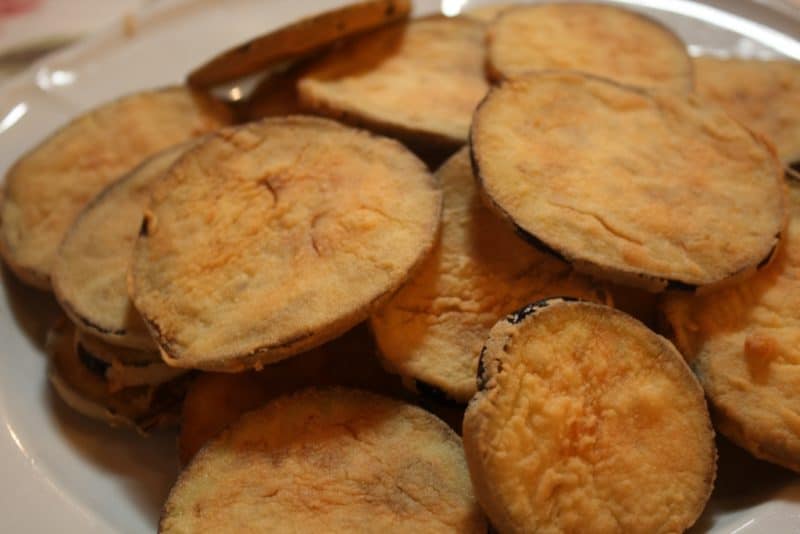
Although often overlooked as a vegetable, Spanish chefs have spied the aubergine´s potential and found a way to make it shine as an ingredient in its own right. Berenjenas fritas – or deep fried aubergines- are light enough to provide a perfect lunch option in the sultry summer months. The aubergine slices are salted and rested before being coated in a light, golden batter and fried until crispy. The slices are then drizzled with exquisite cane syrup, or honey and served in a stack. They make a great accompaniment for a fish or meat dish, or go equally as well with a plate of crisp, grilled vegetables.
August : Gazpacho
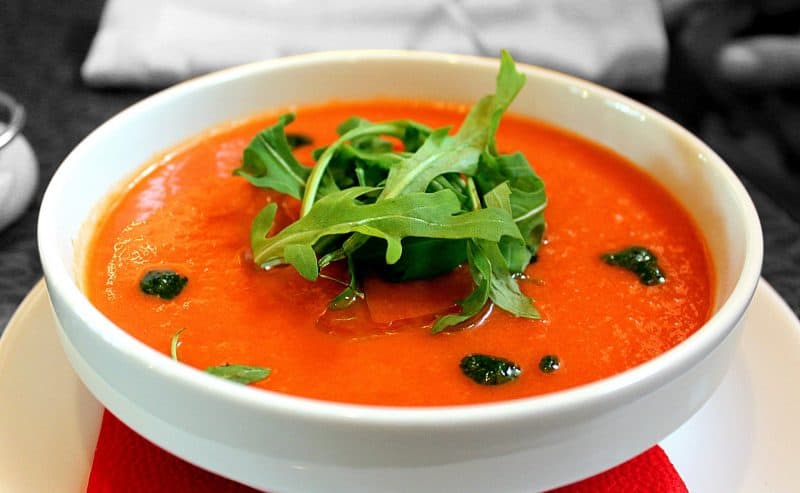
The scorching temperatures of a Spanish summer require something refreshing to take the edge off, and there´s no better dish for this than gazpacho. This fresh, tomato based soup is served chilled with a sprinkling of chopped vegetables and a good pinch of salt and pepper. Anyone in possession of a hand blender can make their own gazpacho at home: the ingredients are simple to come by – consisting of only olive oil, lemon juice, vinegar and fresh tomatoes. Sip on your glass of gazpacho in the shade on a hot day, and follow it up with a siesta in a darkened room.
September : Ensalada Malagueña
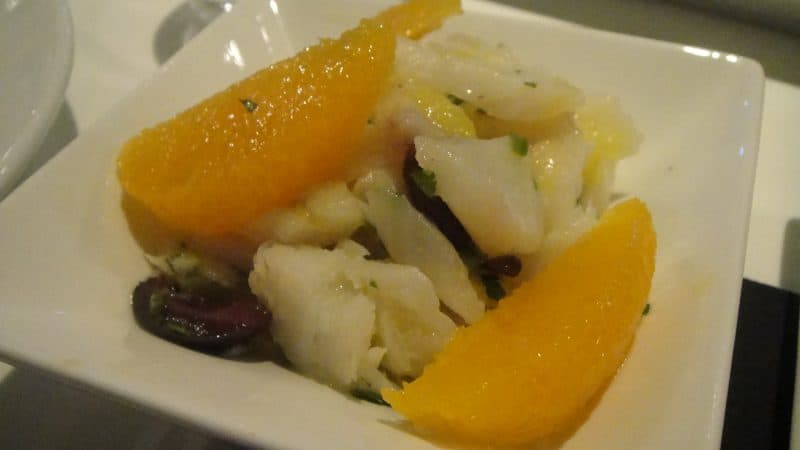
Temperatures can continue to soar well into September in the south of Spain, so in terms of food, its advisable to keep things light. The ensalada Malagueña – a dish typical to the Malaga region – is a fresh, delicately flavoured salad made with oranges, salt cod, sliced potatoes and green olives, which makes for a light and healthy tapas option. We know what you´re thinking: these components don’t sound like they should work together, but somehow they do, providing a delicious alternative to the more conventional green or Russian salads availiable on most Spanish menus. Enjoy with a cold, dry white wine such as an albariño and some fried fish like boquerones al limon on the side.
October : Espinacas con garbanzos
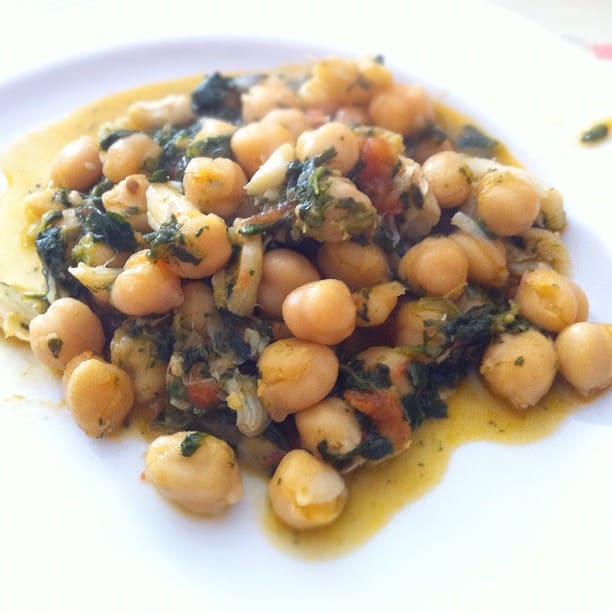 With the leaves starting to bronze on the trees and the evenings get chillier, nothing says comfort food more than a big bowl of espinacas con garbanzos and some toasted bread. Despite only containing a handful of ingredients – including spinach leaves, chickpeas, smoked paprika and scattering of toasted garlic – this simple stew is bursting with flavour, and surprisingly filling too. It can be served as a tapas or a main dish, and goes perfectly with a glass of smooth, fruity red.
With the leaves starting to bronze on the trees and the evenings get chillier, nothing says comfort food more than a big bowl of espinacas con garbanzos and some toasted bread. Despite only containing a handful of ingredients – including spinach leaves, chickpeas, smoked paprika and scattering of toasted garlic – this simple stew is bursting with flavour, and surprisingly filling too. It can be served as a tapas or a main dish, and goes perfectly with a glass of smooth, fruity red.
November: Migas
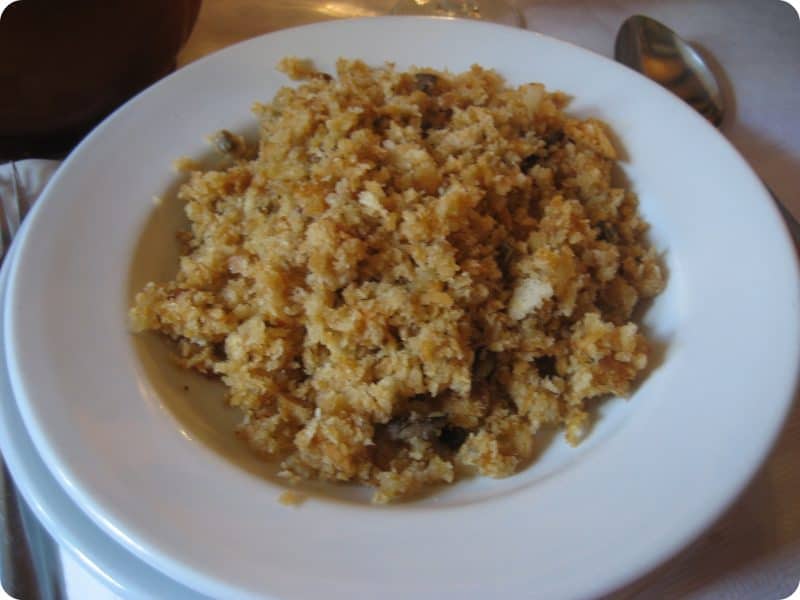
Migas, sometimes known as migas de pastor – or “shepherd´s breadcrumbs” – is a dish dating back centuries, when Spanish and Portuguese cooks first found new ways to get inventive with leftover bread. The classic, no frills version combines bread crumbs soaked in olive oil and fried with garlic. However, chefs across Spain often snazz the dish up with their own regional twist, adding ingredients such as chorizo, pancetta, grapes, kale and tomato. Why not have a go at inventing your very own migas at home, with any spare bread you have lying around? To prevent this dish being too dry, make sure to add lots of olive oil, and wash it down with refreshing glass of red.
December : Turrón
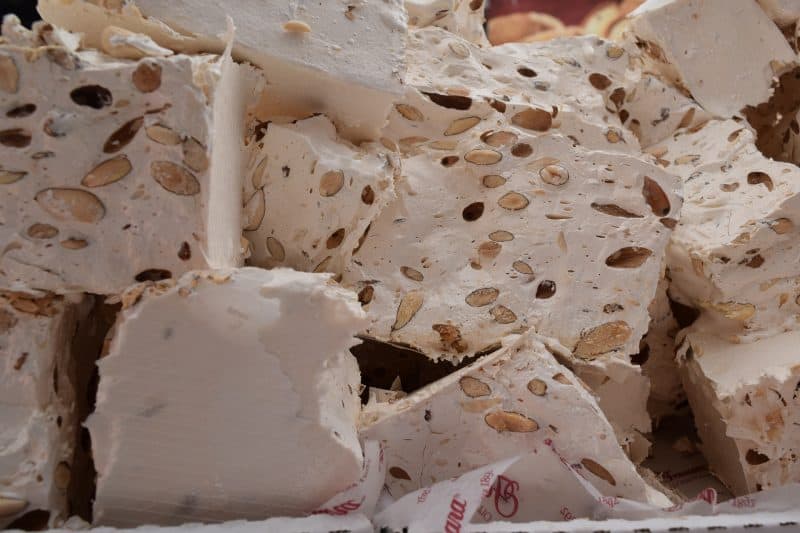
No Spanish Christmas would be complete without getting stuck into a bar of turrón in one of its various guises. This chewy, nougat based confectionery is comprised of four staple ingredients. honey, sugar, egg white and toasted almonds or nuts. Turrón textures vary depending on where you are in Spain: the crunchier variation hails from Alicante, while the softer, chewier type is typical of Jijona, in Valencia. Over the years turrón recipes have evolved, and the sweet treat now comes in a wealth of different flavours including coconut, chocolate, caramel and candied fruit. Good luck trying to stop eating it once you´ve started though, it´s ridiculously moreish, and whole bars have a tendency to disappear in one sitting!


